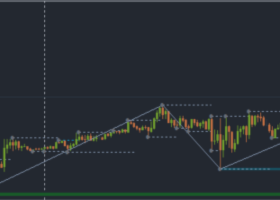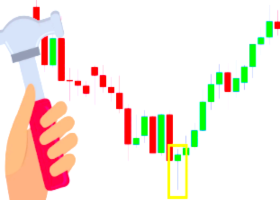The Australian dollar ended the week at a more than two-week low against its U.S. counterpart on Friday, after a robust U.S. nonfarm payrolls report for June sparked speculation that the Federal Reserve could bring forward its timetable for raising interest rates.
AUD/USD hit 0.9327 on Thursday, the pair’s lowest since June 18, before subsequently consolidating at 0.9365 by close of trade on Friday, up 0.2% for the day but 0.61% lower for the week.
The pair is likely to find support at 0.9327, the low from July 3 and resistance at 0.9439, the high from July 3.
The U.S. dollar rallied across the board on Thursday after the U.S. Department of Labor said non-farm payrolls rose by a seasonally adjusted 288,000 in June, easily surpassing expectations for an increase of 212,000.
The previous month’s figure was revised up to a gain of 224,000 from a previously reported increase of 217,000.
The unemployment rate ticked down to 6.1% from 6.3% in May, the lowest in almost six years. The data was released a day early, ahead of the Independence Day holiday on Friday.
The upbeat jobs report bolstered the outlook for the broader economic recovery and revived speculation over when the Fed may start to raise interest rates.
Meanwhile, the Aussie came under additional pressure after Reserve Bank Governor Glenn Stevens said Thursday that the currency was overvalued and added that the central bank had “ammunition” to push interest rates even lower if necessary.
The RBA left its benchmark interest rate unchanged at a record low 2.5% in a widely expected decision earlier in the week.
In the week ahead, investors will be focusing on Wednesdays’ minutes of the Federal Reserve’s June meeting, with few other major U.S. economic reports on the calendar. Meanwhile, Australia is to publish its latest jobs report.
Ahead of the coming week, Investing.com has compiled a list of these and other significant events likely to affect the markets. The guide skips Friday as there are no relevant events on this day.
Tuesday, July 8
- Australia is to publish private sector data on business confidence.
- Australia is to produce a report on consumer sentiment.
- Later Wednesday, the Federal Reserve is to publish the minutes of its June meeting.
- Australia is to release data on the change in the number of people employed and the unemployment rate, and a private sector report on inflation expectations.
- Later Thursday, the U.S. is to release the weekly government report on initial jobless claims.
- Australia is to publish data on home loans.



